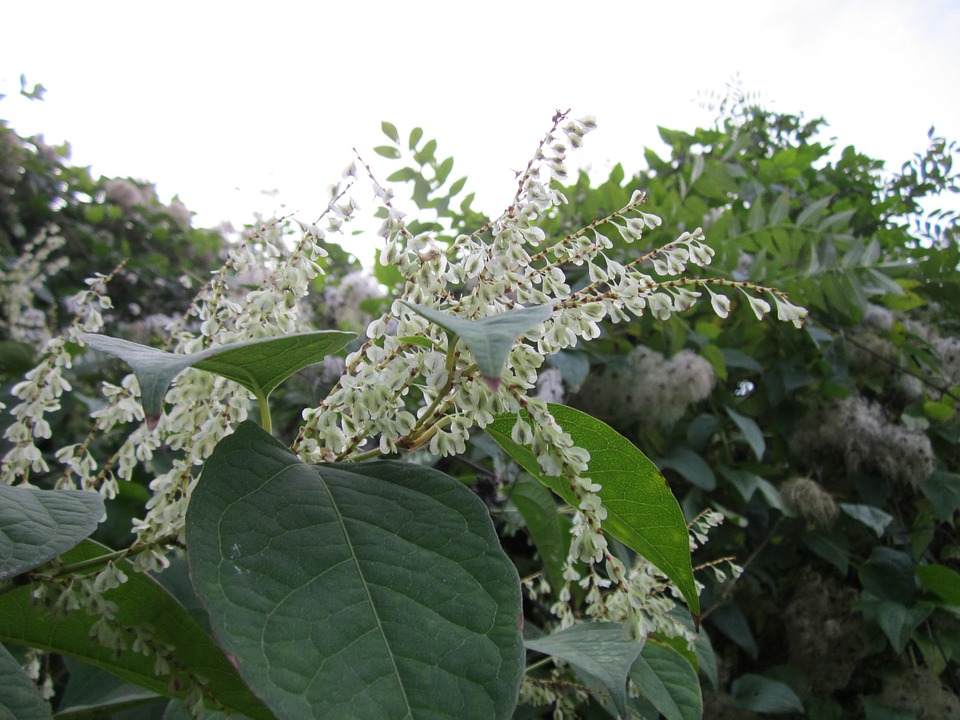
If you have spotted Japanese knotweed on or near your property and are wondering if you need a licence to remove it – in short, no you don't.
The legal standing surrounding Japanese knotweed across the UK varies. In England and Wales, the primary legislation relating to knotweed is ‘Section 14(2) of the Wildlife and Countryside Act 1981’. In Scotland, this is still the predominant piece of legislation but in effect has been superseded by the changes which came into force with the ‘Wildlife and Natural Environment (Scotland) Act 2012’. The law surrounding the management and control of knotweed across the UK, however, is practically the same.
Japanese knotweed is categorised as an invasive species, and it is the responsibility of the owner of the land where it appears to prevent it from spreading into neighbouring properties or into the wild. The removal of Japanese knotweed must also be performed with extreme due care and attention due to the sensitivity regarding its ability to spread. Currently, there is no legal obligation to remove or treat knotweed, just as long as you’re not encouraging or allow it to grow.
Guidelines set out by the government state that anyone wanting to use chemicals to treat an infestation of knotweed must do the some or all of the following:
- Make sure anyone spraying holds a certificate of competence for herbicide use or works under the direct supervision of a certificate holder
- Carry out a Control of Substances Hazardous to Health assessment
- Get permission from Natural England if the area is protected, for example, sites of special scientific interest
- Get permission from the Environment Agency if the plants are near water
The use of pesticides and chemicals in treating Japanese knotweed is governed by ‘The Control of Pesticides Regulations 1986’ and required any person who uses a pesticide to take all reasonable precautions to protect the health of human beings, creatures and plants. Once knotweed has been treated with chemicals, it will have to be disposed of in the correct way. Off-site disposals fall under the ‘Environmental Protection Act 1990’, which states disposing of Japanese knotweed must be conducted by a licensed waste carrier as stated in ‘Waste Regulations 2011’ and disposed of within a licensed facility. Relevant transfer notes must be completed and stored. If knotweed has not been treated before off-side disposal and simply removed, then it is not classed as hazardous waste. If certain pesticides have been used, however, then the waste moves into the hazardous category requiring a consignment note as set out in the ‘Hazardous Waste Regulations 2005’.
In 2013, the UK government stated that any person that fails to control Japanese knotweed along with other invasive weed could receive an anti-social behaviour order. On-the-spot fines of £100 can also be issued, potentially rising to £2500 if prosecuted. Companies also face fines of up to £20,000 if prosecuted
Professional Knotweed Removal
It is highly recommended that, if you have Japanese knotweed on or near your property, you use experienced professionals who know what they’re doing. If not, you risk allowing the knotweed’s rhizomes spreading even further, causing not only potential increases in damage later on in time but prosecution for facilitating the spread of knotweed. So, to avoid any of these issues, be sure to get in touch with the team here at Total Weed Control! Our Japanese knotweed specialist can identify and confirm the presence of knotweed on your property and devise a relevant plan of removal to ensure it is properly eradicated. You can learn more about our knotweed removal services below.
Japanese Knotweed Removal >
If you have any questions regarding our Japanese knotweed treatment or removal, then please do not hesitate to get in touch with us today!
